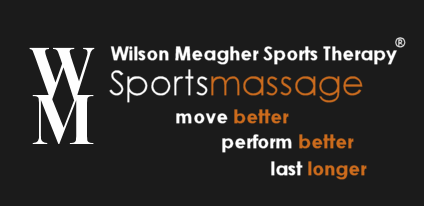|
Trainer's Tip: Question to Barend HeilbronWhy is shoulder-in an important movement for all disciplines of horses to learn? “In order to define shoulder-in I encourage a rider to access the definition from a rulebook, or from the trainer or clinician they are training with because historically it was a 3 track forward movement, now some judges are accepting a 4 track. The definition may vary but the end result is the same. First of all, in all training, one must ask the question “What is it I am trying to accomplish?” What is it I am trying to achieve with shoulder- in?
An example of using shoulder-in may be when a horse has a tendency to close up behind, using too much of both of their hind legs to create the movement required. The shoulder-in can help the horse to make one hind leg move independent and more engaged. It can help a horse from pulling down on the forehand as they learn self-carriage. Shoulder-in is an exercise for all disciplines as all disciplines require balance, coordination, strength, and synchronization from back to front.” Barend Heilbron - Profile:Barend Heilbron, originally from Holland, owner of Capstone Farm in Madbury NH, USA, is a longstanding horseman, rider and trainer of all levels of dressage horses. He lives at the farm with his wife Anne- Marie, an established rider, his two children, two dogs, cats, chickens, and fifteen horses in training. Barend and his wife Anne-Marie have successfully completed the Vereiter School in Holland one of the world’s most recognized colleges specializing in equestrian education, this school is similar to the Warendorf School in Germany. Barend is a gifted teacher, horseman, trainer, rider, and competitor of dressage horses from schooling to Grand Prix. Barend successfully imports numerous horses from Germany and Holland to the US. He is talented in choosing the horse because of his keen ability to recognize excellent conformation, rideability and talent in those horses he imports. Despite maintaining a nationally recognized Dressage barn in New England, Barend is often traveling to Florida and other east coast areas teaching clinics and individual lessons. Barend not only has a strong following in the dressage world, but is sought for his teachings and clinics with event riders and jumpers. Barend is open and flexible to teach any horse and rider of any discipline. He is currently accepting boarders at Capstone Farm. Barend can be reached at Walloon04@mac.com, Barn phone number 1.603.749.3436 |
 |


 Shoulder-in can be a strengthening exercise,
it can be for suppling, and it was originally designed as a
collected exercise. In addition to determining what it is you are
trying to achieve for the exercise, a rider must look at the
conformation of the horse, the discipline, and the skill of the
rider, to determine if introducing shoulder-in is timely and
necessary for the next step in training and strengthening. It’s
complexity lies with the individual horse. Again, why does the rider
want to do the shoulder-in with the horse? The exercise if done
correctly can have a strong physical impact on the overall
development of strength, and use of the total body. When I train, I
look at the rider. I determine the level of coordination of the
rider, the ability of the rider to feel the movement. Shoulder-in
can help the rider to feel and learn self-carriage in the horse. Any
movement has to be done with feel and skill so the horse and rider
will develop equally.
Shoulder-in can be a strengthening exercise,
it can be for suppling, and it was originally designed as a
collected exercise. In addition to determining what it is you are
trying to achieve for the exercise, a rider must look at the
conformation of the horse, the discipline, and the skill of the
rider, to determine if introducing shoulder-in is timely and
necessary for the next step in training and strengthening. It’s
complexity lies with the individual horse. Again, why does the rider
want to do the shoulder-in with the horse? The exercise if done
correctly can have a strong physical impact on the overall
development of strength, and use of the total body. When I train, I
look at the rider. I determine the level of coordination of the
rider, the ability of the rider to feel the movement. Shoulder-in
can help the rider to feel and learn self-carriage in the horse. Any
movement has to be done with feel and skill so the horse and rider
will develop equally.